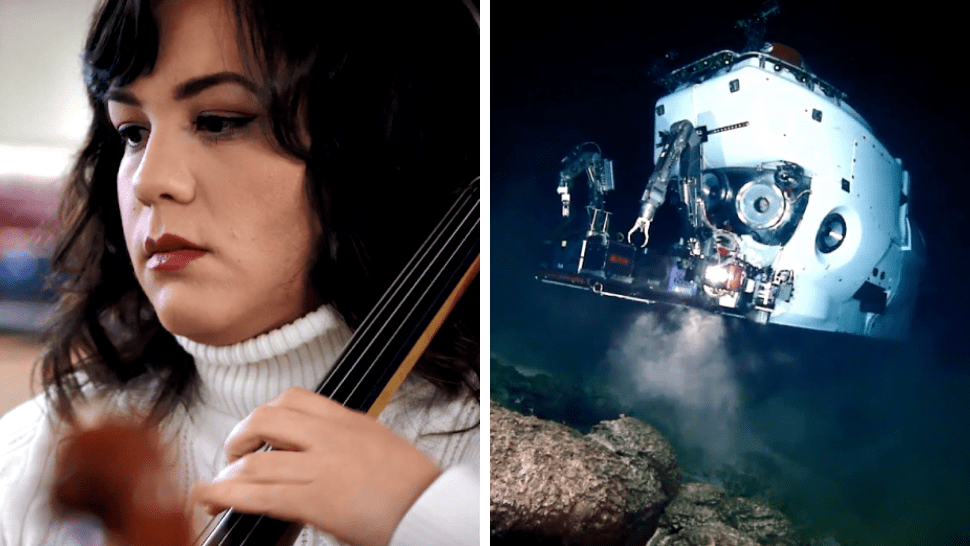John Tolley, October 27, 2018
OK Research Rumblers, stay with me here. This week?s rumbling stories each concern mighty and melodious music - albeit, one conventionally and one in a more unorthodox fashion.
See that?s what Research Rumble is all about, finding the common threads that tie together even disparate stories of research from our universities. So, where as one might ask how in the world these stories are related, we respond, full-throated, ?How are they not??
In one corner we have the University of Maryland, where students are making beautiful music for a distinctly special audience: senior citizens. Performing intimate concerts and giving lessons, these Terps are spreading euphonious joy to those in their golden years.
In the other corner we have a University of Illinois video that may have you scratching your head as to how it relates to music. I mean, it?s about geologists diving deep beneath the waves to study the very formation of the earth; how is that musical, amirite? But, is not the mutable fundament of our planet the greatest symphony of all?
Without further ado, we say unto you in the words of our forefathers?
Let us now ready ourselves to rumble!!!!*
Maryland musicians are brightening lives, one song at a time: BTN LiveBIG
The musicians draw to order. They raise their instruments and begin to play the opening bars of Mozart?s ?Clarinet Quintet in A.? Music fills the air and smiles spread across the faces of those gathered in the intimate performance space. Many in the audience close their eyes and let the melody overtake them.
This isn?t, however, a concert hall in Europe; nor is the audience composed of musical cognoscenti pouring over each note in search of perfection. No, this concert is being held in the sunny dayroom of the Collington Continuing Care Retirement Community, and the musicians are students from the nearby University of Maryland School of Music.
VS.
Two miles down, Illinois geologists study how the Earth is formed: BTN LiveBIG
Dr. Patricia Gregg?s love of discovery is so buoyant it almost makes you wonder how she made it to the bottom of the ocean.
?It stirs the imagination,? says Gregg, of the ocean floor, the vast majority of which she notes has never been explored. ?You can see things for the first time that no one else has seen. It?s your only opportunity here on Earth to have that experience.?
Gregg, an assistant professor of geophysics at the University of Illinois, never really expected to venture to the murky depths two miles below the surface of the Pacific Ocean.







